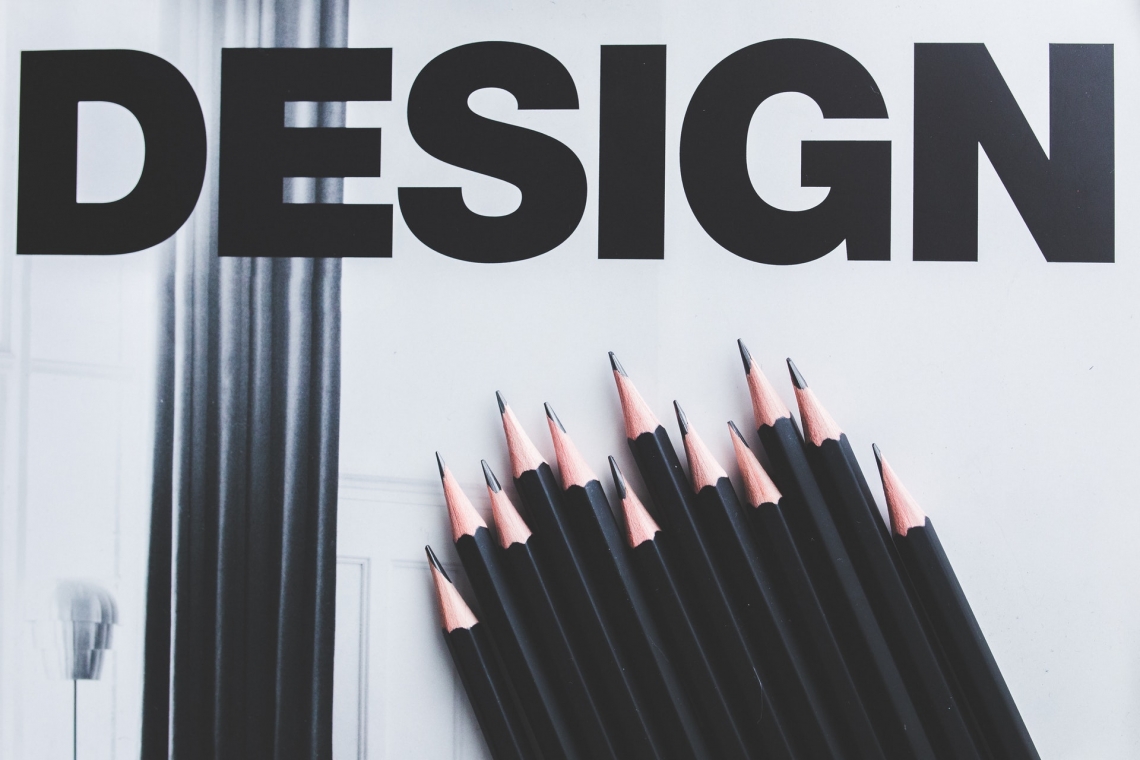
You hear the terms UI and UX passed around a lot and may have wondered what they are supposed to mean. There are some simple and complex answers that you can get. At the very basic of answers, UI is the user interface, UX is the user experience.
Example: Learning how to use your Chromebook is the UI, and figuring out how to speed it up is the UX.
It is common for people to interchange these terms, and frequently, incorrectly, if you’ve ever wanted to know the difference, you are about to find out.
What is UI?
Simply stated, the user interface is anything that you, as a user, may interact with on a device. What the user interface includes is things like a keyboard, touchscreens, sounds, lights, apps, and much more. With the growing list of technology, the UI is becoming more and more advanced. It is going to help you determine between a laptop or a Chromebook and much more.
The designers of the user interface have had to evolve as systems, and variable preferences and expectations have demanded that mobile devices be able to do more. Now UI developers work on not only computers but on mobile devices, augmented and virtual reality, and even screenless interfaces that include voice, light, and gesture.
The designers of user interfaces have a nearly limitless opportunity to work on various websites, especially eCommerce, mobiles, apps, and even wearable tech like smartwatches and Fitbit. As long as the computer industry continues to be an integral part of our everyday lives, the need for the user interface will not go away. The designers have to continue to work with users of all ages, technological backgrounds, and much more to be effective.
What is UX?
The user experience isn’t the same thing as the user interface. The UX has evolved and has resulted in improvements to the UI. As users interact with their interfaces, their experience, be it negative or positive, changed how all the users felt about each interaction.
The broad definition of user experience could sum up every experience a person could have with any product or service. It isn’t necessarily a digital experience. However, the field of the user experience has opted for calling it a customer experience and experience design.
To have a good user experience, there have to be a few best practices that user interface designers and user experience professionals need to keep in mind. The user experience is defined by:
· Is it useful?
· Is it valuable?
· Is it desirable?
· Is it usable and credible?
· Is it findable and accessible?
User experience professionals want to touch as many of these points as they possibly can.
User experience and user interface designers tend to work closely together to deliver a complete product that is user friendly and desirable.
What’s the difference between UI and UX?
At the basics, the user interface is made up of all the elements that would give someone the ability to interact with any device or service. The user experience is what they took away from that interaction.
Ultimately, the user interface helps enhance the user experience by being functional and usable for the user so that they get what they need and want from device interactions.
Predictions of UX and UI in 2020
As 2020 continues on, there are new trends that the web industry will embrace. With the increase in competition, UI and UX designers must be on point with companies to produce the best they can. What are the predictions for 2020?
Closing the gap between designers of UI and UX – We will start to see more design tools that are going to enable the designers to interact with new ideas via devices without the need of an entire development team. This means that there will only need to be one expert to handle both UI and UX.
Designs – The advancement of technology means the advancement of design. Therefore, you can expect to see more 3D designs hit the market along with animations. These designs will wow the user as they engage with 3D models.
Collaboration – With the rise of tools that allow you to bring designers and developers together across distances, there is going to be a more efficient design workflow going. It will be much easier to collect feedback and make adjustments to new designs.
Simplicity – One of the most significant demands of consumers is that devices be functional and straightforward. Advancement in UI and UX development is going to center around simplicity and functionality. Users, especially those who are younger, need to be able to absorb new information and access things quickly, or their attention will run out. Simplifying is key.
Dark Themes – As software organizations started rolling out darker UI’s instead of lighter ones, they grew in popularity. There is a trend towards darkness that isn’t likely to go away any time soon.
Mobile First – As organizations become increasingly more mobile, the idea that designers focus on a mobile-first web experience continues to rise. Users are more likely to go to a mobile device first, and that makes a mobile-first approach a necessity.
Conclusion
There is a difference between the user interface and the user experience, and the 2020 trends highlight that. As the lines between the two begin to blur from the development side, the user is still looking for an interface that is easy to handle and to walk away with a good experience. The predictions for 2020 are making sure that users are happy both during use and after they walk away.